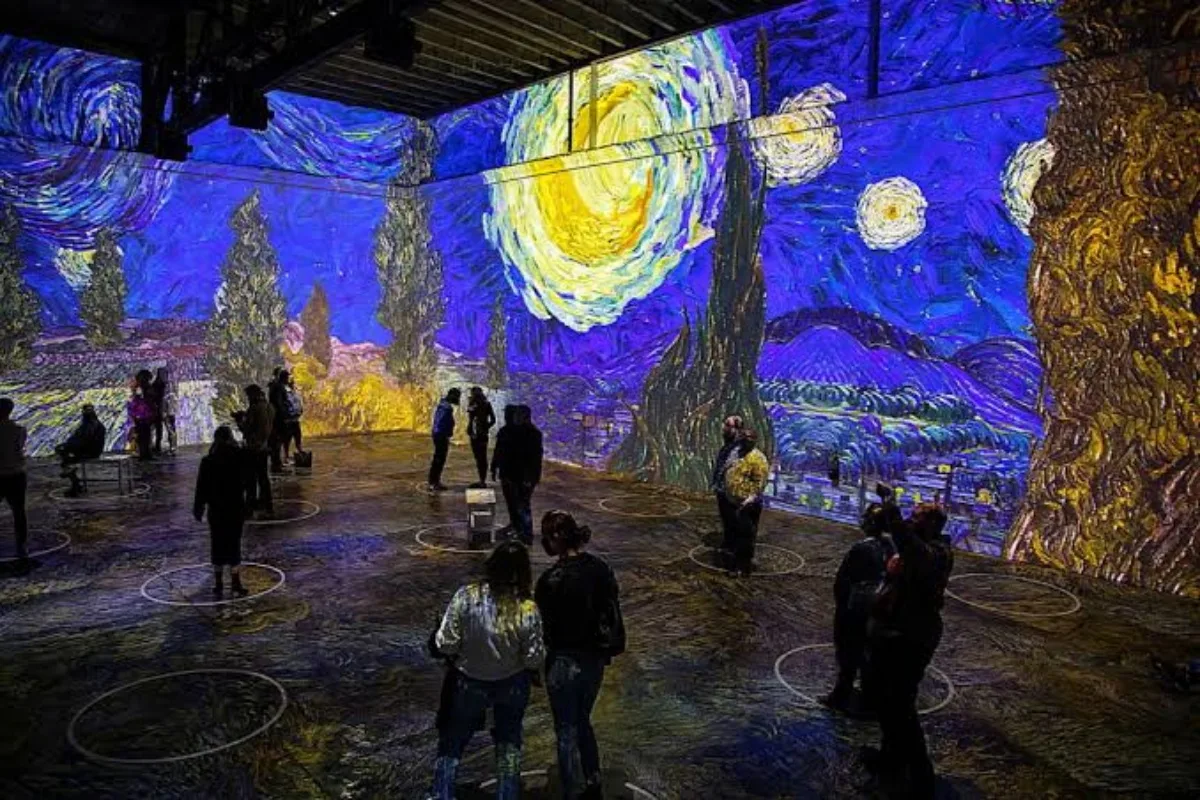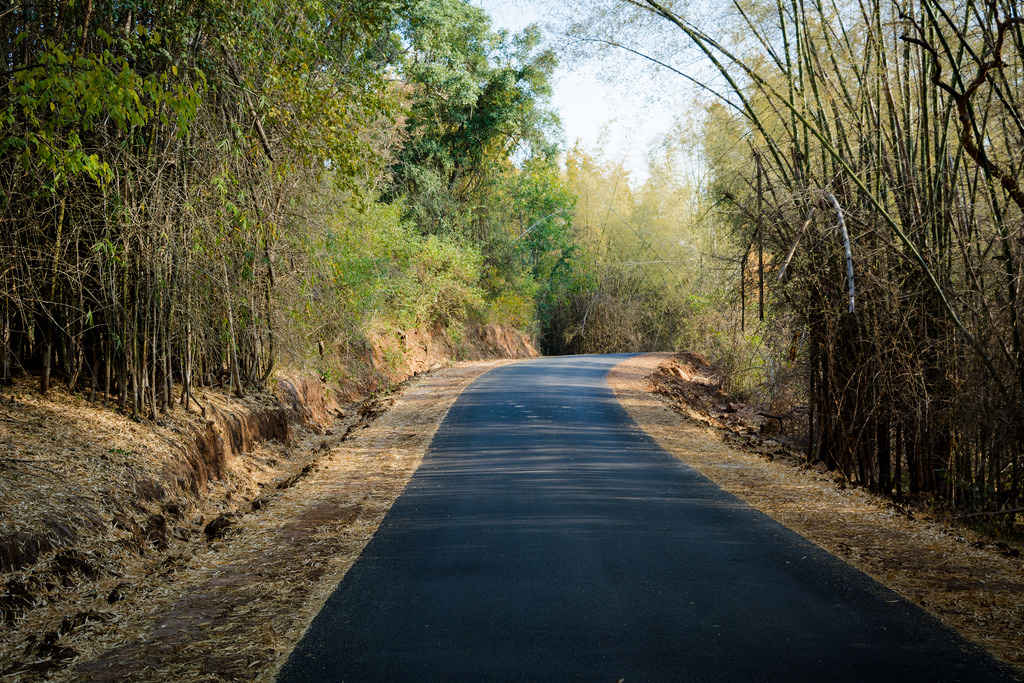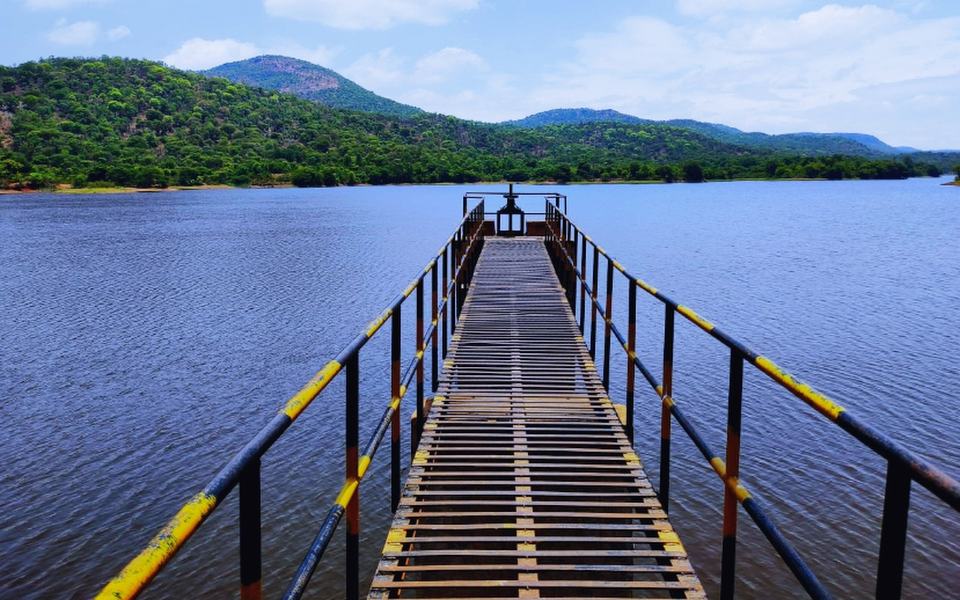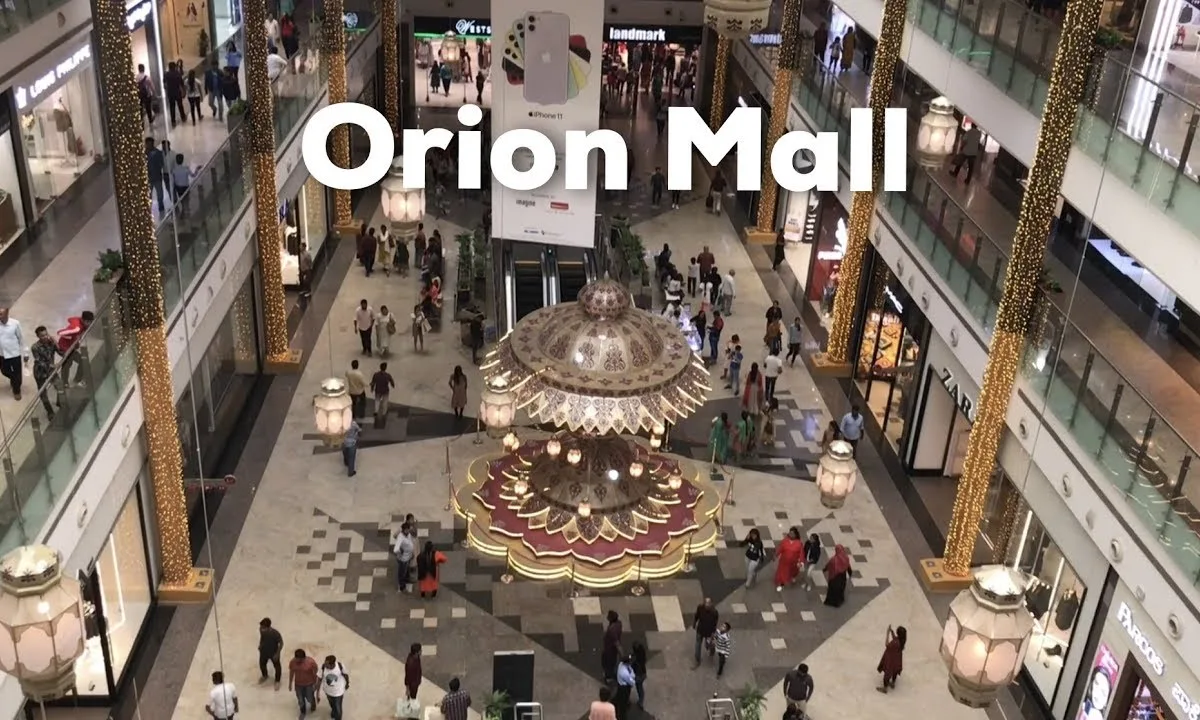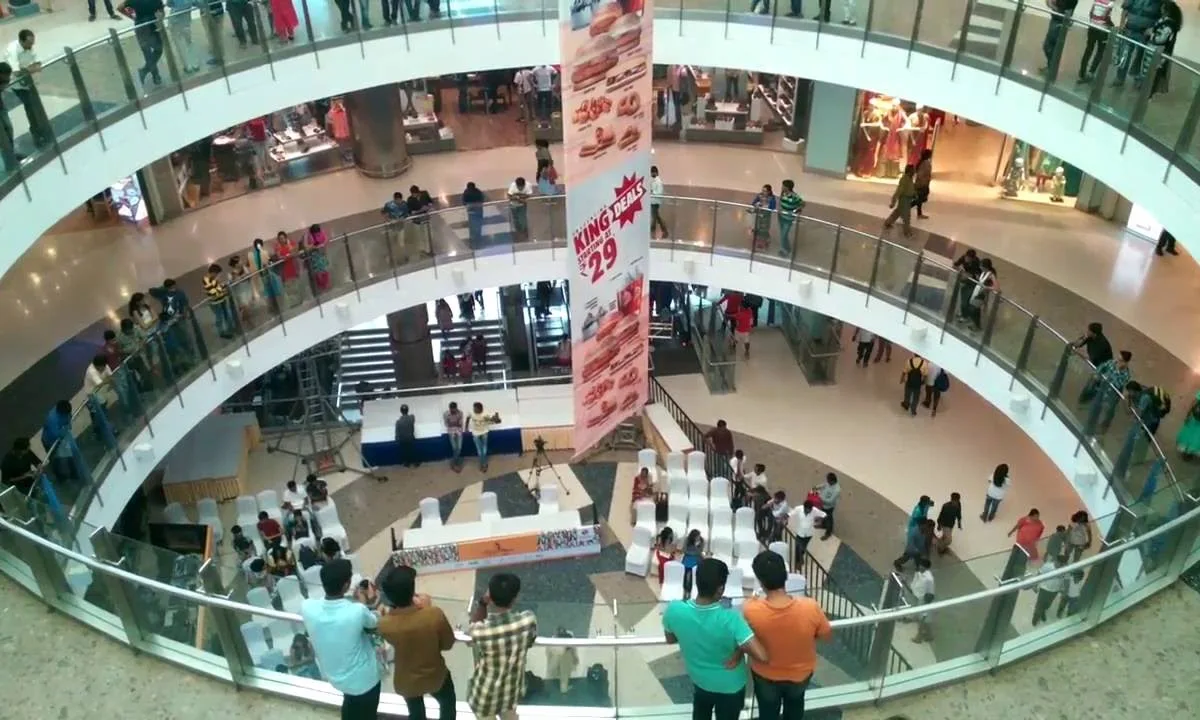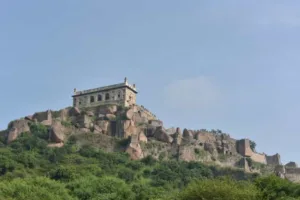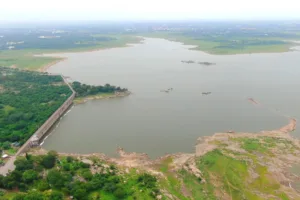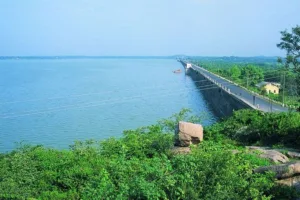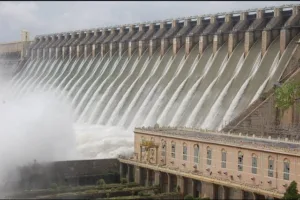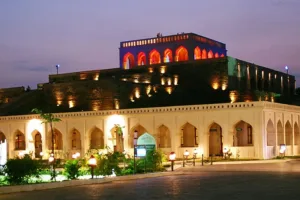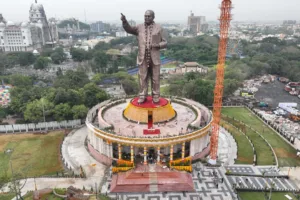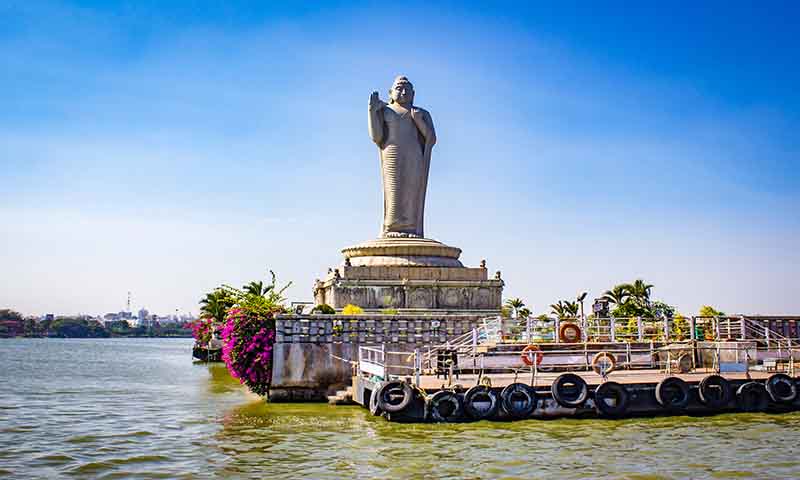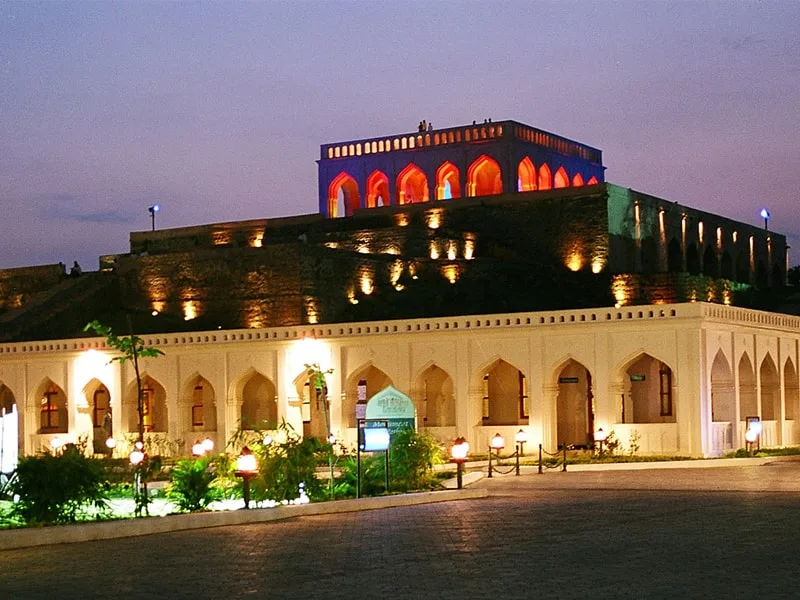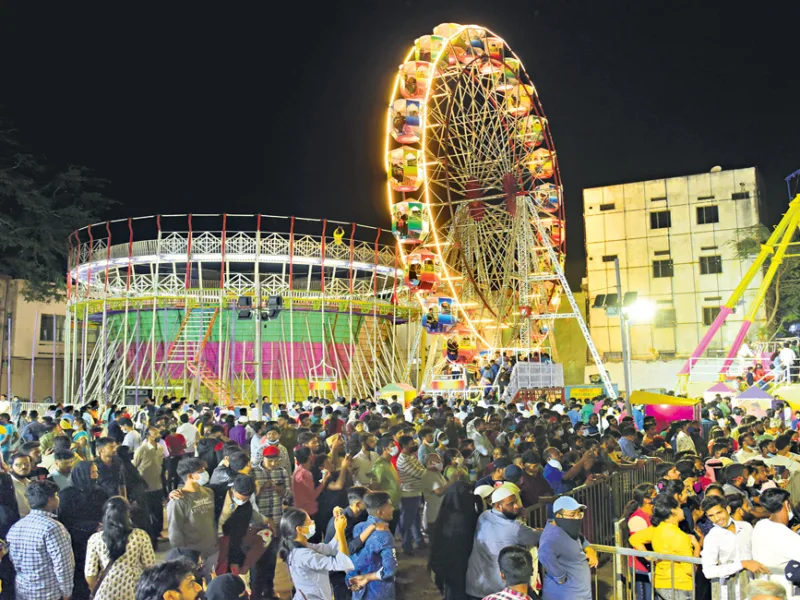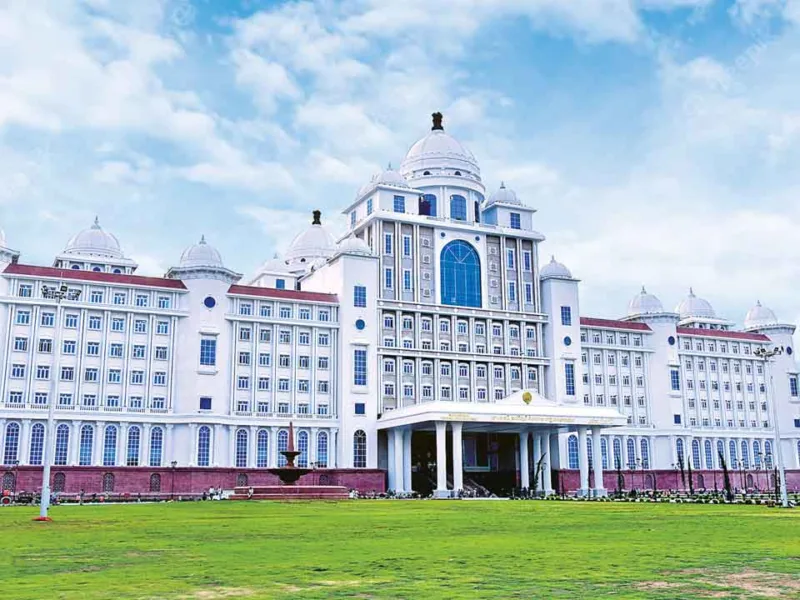Gateway of India Mumbai – History, Architecture, Built By, Location
The Gateway of India in Mumbai stands tall as an architectural masterpiece and an emblem of the city’s heritage. With a captivating history and awe-inspiring design, it has become an iconic landmark, attracting millions of visitors each year. In this SEO-friendly blog post, we will delve into the intriguing history, mesmerizing architecture, builder, and the precise location of the Gateway of India.
A Glimpse into the Historical Saga The history of the Gateway of India traces back to the 20th century when it was built to commemorate the visit of King George V and Queen Mary to India in 1911. The foundation stone was laid in 1913, and it took almost a decade to complete this grand monument. The Gateway of India also holds significant historical importance as it served as the ceremonial entrance to India for British viceroys and governors. Today, it stands as a symbol of India’s struggle for independence and a prime attraction for both locals and tourists.
2. Marveling at the Architecture The architecture of the Gateway of India is a harmonious blend of various styles, predominantly Indo-Saracenic and Muslim architectural influences. The grand archway, standing at 26 meters high, showcases intricate latticework and detailed carvings. The central dome, with its elegant design, draws inspiration from Islamic architecture. The yellow basalt used in its construction complements the nearby Taj Mahal Palace Hotel, creating a picturesque waterfront setting. The archway’s design is symbolic, representing the fusion of Western influence with traditional Indian architectural elements, making it a unique and mesmerizing sight to behold.
3. The Mastermind Behind the Gateway The mastermind behind the creation of the Gateway of India was the British architect George Wittet. He envisioned a grand structure that would be an exquisite representation of Indo-Saracenic style. Wittet’s brilliance brought to life a monument that became an emblem of Mumbai’s architectural heritage. His design for the Gateway blends gracefully with the Arabian Sea, creating an enchanting allure that leaves visitors awe-inspired.
4. Discovering the Gateway’s Precise Location The Gateway of India is strategically situated at Apollo Bunder in Colaba, Mumbai. Its location provides a breathtaking view of the Arabian Sea, making it a popular spot for locals and tourists alike. The monument stands proudly as an entrance to Mumbai Harbor, witnessing ships and boats sailing across the waters. The surrounding area bustles with activity, offering numerous options for dining, shopping, and leisurely walks, adding to the overall charm of visiting this historic landmark.
The Gateway of India in Mumbai is not just an architectural marvel but also a significant representation of India’s history and struggle for independence. Standing tall against the test of time, this iconic monument continues to be a symbol of pride and a must-visit destination for anyone exploring the vibrant city of Mumbai.



